1. Everything Is Perfectly Symmetrical
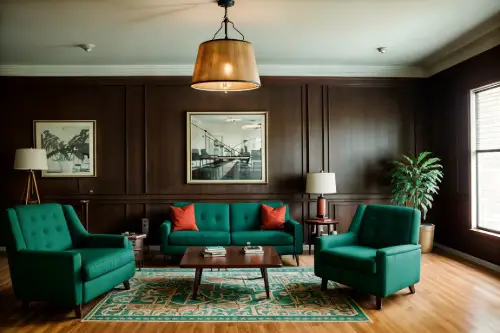
When every lamp, pillow, and picture frame is mirrored on both sides of the room, it starts to feel more like a simulation than a home. AI-generated designs often default to symmetry because it’s visually tidy and easy to replicate. But in real life, that kind of balance can feel stiff and overly formal. It lacks the natural rhythm and spontaneity that make a space feel lived-in.
Try offsetting your layout—hang art slightly off-center, mix up your nightstands, or layer pillows in odd numbers. A little asymmetry adds warmth and personality. Real homes have quirks, and that’s what makes them feel alive. Embrace the charm of imperfection.
2. Neutrals with No Contrast
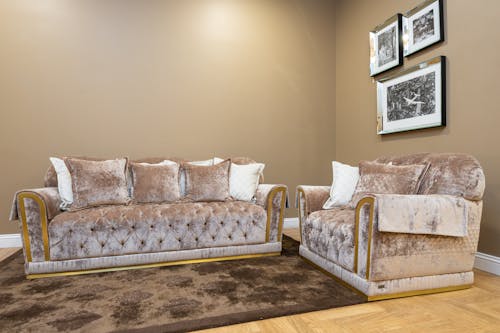
Beige walls, gray sofas, white rugs—it’s the AI trifecta of “safe” design. While neutrals are timeless, when they’re used without contrast or texture, the result can feel flat and lifeless. It’s a look that’s easy to generate and hard to mess up, but also hard to remember. There’s no mood, no story—just a sea of sameness.
Layer in deeper tones, warm woods, or pops of color to break things up. Even a few bold accessories can make a huge difference. A home should feel like a reflection of you, not a blank canvas. Neutrals are a base—not the whole picture.
3. Art That Says Nothing
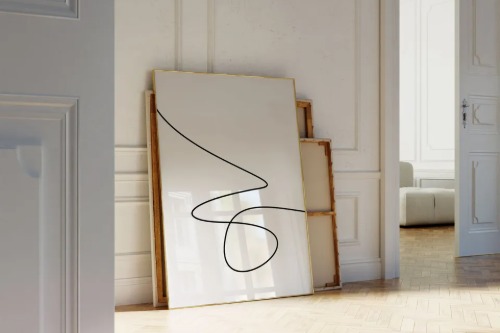
If your walls are filled with abstract blobs, black-and-white cityscapes, or generic quotes in cursive, it might be time to rethink your art game. These pieces are popular because they’re inoffensive and easy to match—but they rarely say anything meaningful. They’re placeholders, not personality. And they make your home feel more like a waiting room than a lived-in space.
Instead, hang something that tells a story—whether it’s a thrifted painting, a framed photo, or a piece you made yourself. Art doesn’t have to be expensive to be expressive. Your walls should speak to who you are, not just what’s trending. Let them say something real.
4. One-Note Furniture Style
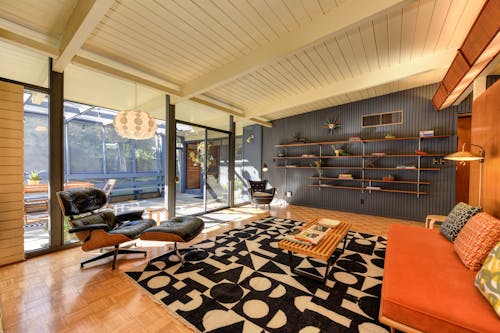
When every piece of furniture is the same style—say, all mid-century modern or all industrial—it starts to feel like your home was ordered in one click. AI loves consistency, but too much of it can make a space feel flat and overly curated. Real homes evolve over time, with pieces collected from different places and phases of life. A single-style space lacks that layered, lived-in feel.
Mixing styles—like pairing a vintage chair with a modern table—adds depth and interest. It shows that your space has history and heart. The best rooms feel like they’ve grown with you, not like they were assembled overnight. Variety is what makes a space feel real.
5. No Signs of Actual Life
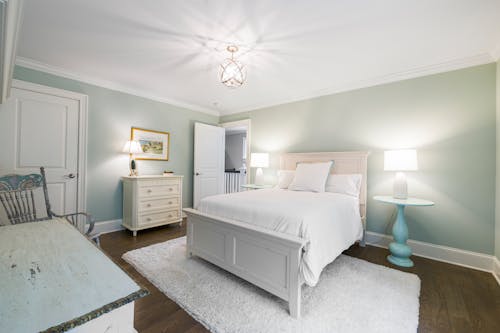
AI-generated interiors often look pristine—no cords, no clutter, no signs that anyone actually lives there. But that level of perfection can feel cold and uninviting. A home should have texture, movement, and a little bit of mess. It’s the difference between a photo and a feeling.
Leave a book on the coffee table, a throw draped over the couch, or a plant that’s not perfectly symmetrical. These little touches make a space feel warm and lived-in. It’s not about being messy—it’s about being human. Life is beautiful, even when it’s a little untidy.
6. Predictable Shelf Styling
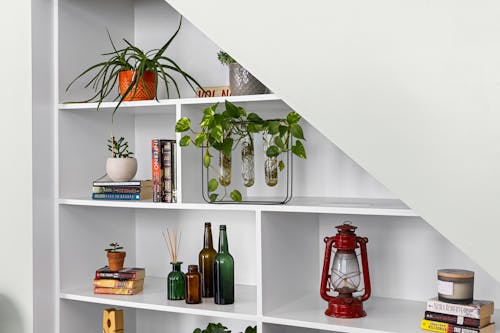
If every shelf in your home has a plant, a candle, and a stack of books arranged in the exact same way, it might be time to shake things up. AI-generated designs often rely on formulas that look good in renderings but feel repetitive in real life. Real styling has a little more chaos and a lot more charm. Not every surface needs to be perfectly curated.
Try mixing heights, textures, and unexpected objects. Let some shelves breathe while others tell a story. The best styling feels effortless, not engineered. Break the pattern—it’s more interesting that way.
7. Every Trend, All at Once
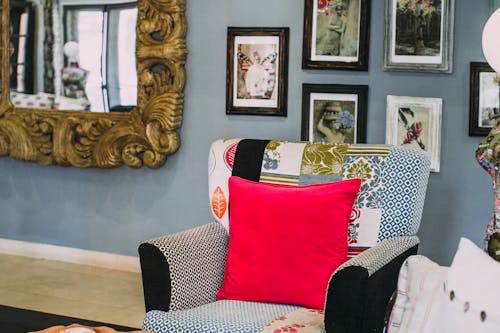
Checkerboard rugs, squiggle mirrors, bouclé everything—if your space looks like a highlight reel of TikTok trends, it might be time to edit. AI loves trends because they’re data-driven and widely liked—but when you cram them all into one room, it starts to feel like a theme park. Instead of feeling stylish, it feels like you’re trying too hard. And it dates the space fast.
Pick one or two trends you genuinely love and let them shine. Balance them with timeless pieces that ground the room. Trends should enhance your space, not overwhelm it. Editing is the real flex.
8. Layouts That Don’t Make Sense
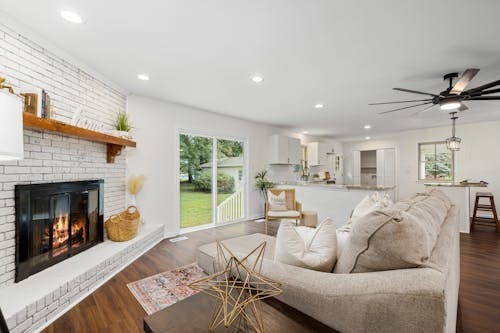
Sometimes AI-generated rooms look great in photos but make zero sense in real life. A sofa floating in the middle of the room with no purpose, or a dining table crammed into a corner with no walking space. These layouts prioritize aesthetics over function. But a beautiful room that doesn’t work isn’t really beautiful.
Think about how you move through the space, where you need light, and how you actually live. A good layout supports your lifestyle, not just your Instagram feed. Design should feel intuitive, not just impressive. Comfort always wins.
9. Copy-Paste Decor in Every Room
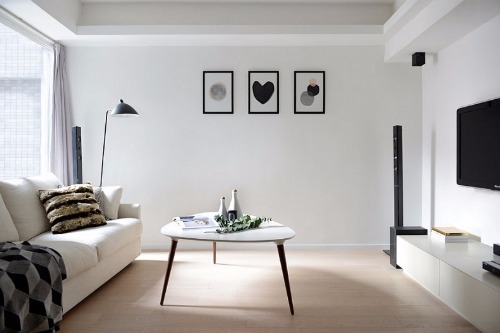
When every room has the same rug, the same curtains, and the same color palette, it starts to feel like a copy-paste job. AI often defaults to consistency for cohesion, but too much sameness can feel robotic. Each room should have its own identity, even if there’s a common thread. Otherwise, it’s like living in a loop.
Vary your textures, try different lighting, or introduce a new accent color in each space. Let each room reflect its purpose and personality. Cohesion doesn’t mean cloning. A little variety keeps things interesting.
10. Plants That Look Too Perfect
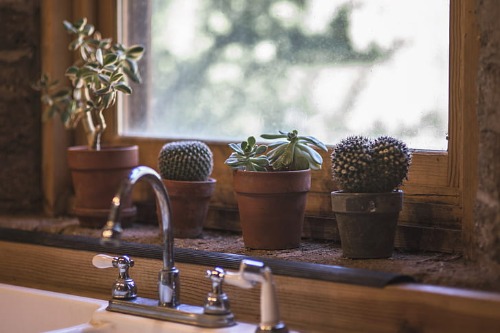
AI-generated rooms love plants—but they’re always perfectly placed, perfectly green, and suspiciously dust-free. In real life, plants grow unevenly, drop leaves, and sometimes need a little TLC. When every plant looks like it came from a stock photo, it can feel staged. Nature isn’t perfect, and that’s the point.
Choose plants that suit your lifestyle and let them grow a little wild. Mix real with faux if needed, but don’t aim for perfection. A slightly droopy pothos has more charm than a flawless fake fiddle leaf. Plants should feel alive, not arranged.
11. Books That Are Just Props
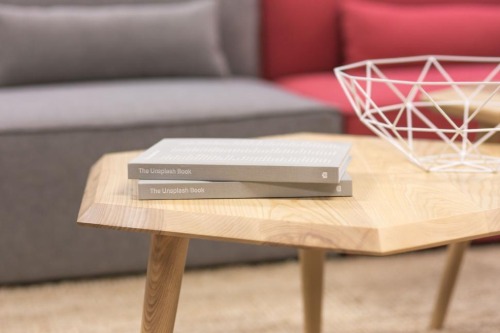
Books turned backward, color-coded spines, or stacks of unread coffee table tomes are a dead giveaway that the books are there for looks, not love. AI-generated spaces often use books as props, not as part of real life. But a home without real books can feel a little hollow. It’s missing that layer of intellect and curiosity.
Display books you’ve actually read or want to read. Let them be messy, dog-eared, or stacked in odd places. Real books tell your story better than any algorithm ever could. They’re decor with depth.
12. No Personal Touches

No family photos, no souvenirs, no signs of hobbies or history—it’s a space that could belong to anyone, which means it belongs to no one. AI can’t replicate your memories, your quirks, or your sense of humor. And when those things are missing, the space feels flat. It’s beautiful, but it’s not you.
Add a framed photo, a weird little sculpture you found on vacation, or a piece of art your kid made. These are the things that make your home unmistakably yours. Personality is the one thing AI can’t fake. And it’s what makes a house feel like home.
13. Everything Looks Brand New
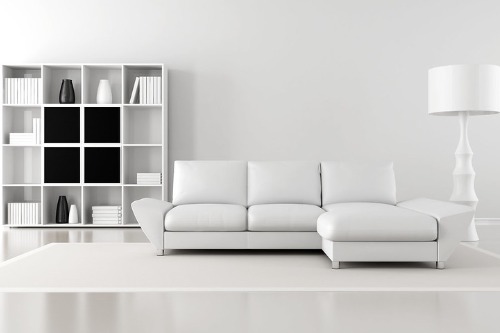
When every piece of furniture, decor, and finish looks like it was bought yesterday, it can feel a little soulless. AI-generated designs often favor newness because it photographs well and avoids visual “noise.” But real homes have a mix of old and new, worn and fresh. That contrast adds richness and depth.
Incorporate vintage finds, heirlooms, or even just pieces with a little patina. Let your space show its age in the best way. A home with history feels grounded and authentic. Perfection is overrated—character is everything.
This post 13 Things That Make Your Home Look Like It Was Decorated Entirely by AI was first published on Greenhouse Black.
